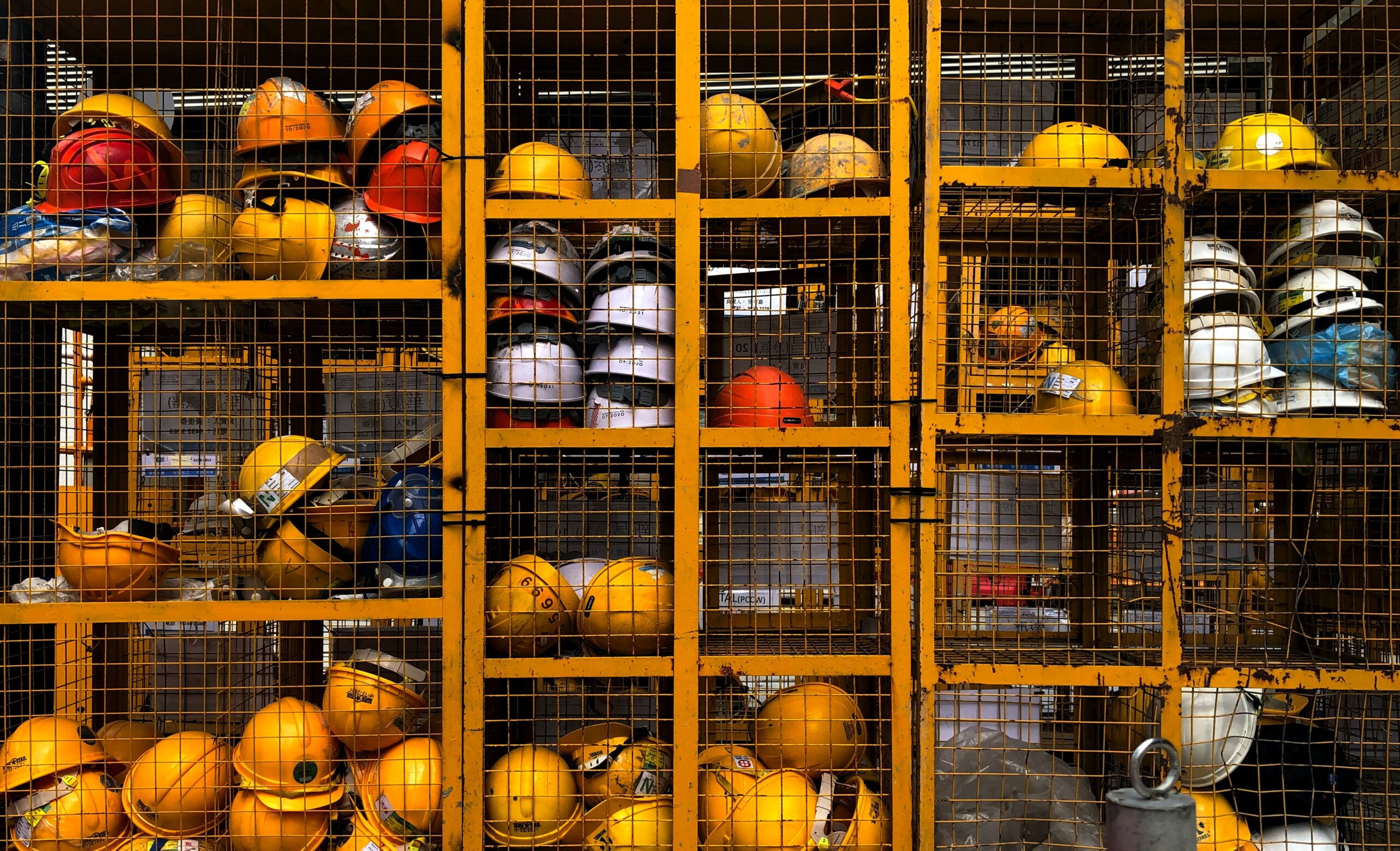
31 Aug Risk Assessments: What Are They?
Risk Assessments: What Are They?
The safety of workers is a high priority for project managers in Australia. Therefore, to ensure safety and prevent injury, safety managers conduct routine risk assessments. These evaluations are critical in identifying potential hazards on the site as well as worker performance. HSEQ management software helps safety managers streamline these evaluations and avoid the large amount of paperwork required to report incidents.
What is a Risk Assessment?
A risk assessment is a well-ordered evaluation process of all potential safety risks on a job site. The goal of the evaluation is to improve safety and limit workplace incidents. The process identifies hazards and gauges their impact on worker safety. The assessment also evaluates the likelihood that injury will occur.
A risk assessment creates awareness about safety but also identifies those individuals who are at high risk. In the end, safety managers must determine if current control measures are enough to prevent injury and illness. After completion of the assessment, steps to prevent potential injuries follow. The ultimate goal is the creation of a safe work environment. An ongoing review of safety protocols keeps conditions safe. Software applications are valuable tools in conducting risk assessments.
How to Conduct a Risk Assessment
The successful completion of a risk assessment has many benefits. For example, with a greater number of accidents prevented due to proper control measures, absenteeism is reduced. Fewer missed work days means a more productive team. As well, any reduction in workers’ compensation claims has cost-saving benefits. The bottom line is always at the top of mind for business owners, but when workers feel like their safety matters, morale increases too. With that higher morale comes loyalty as well as increased productivity.
The Four Steps of a Risk Assessment
The implementation of a risk assessment varies by job site. However, the following four steps help HSEQ managers identify challenges:
1. Pinpoint Hazards
Evaluate the workplace to pinpoint existing hazards as well as potential ones. This process becomes easier by creating a list. For example, the SafeWrite HSEQ Management platform lets managers create a risk assessment for any project using a library of over 100 sample activities.
2. Evaluate Risks
After identifying hazards, the next step is to determine the risks they present. Here again, the HSEQ software helps with a library of over 100 possible risks for many different industries. The software also makes it easy to report non-conformances as they happen.
3. Control Risks
Once risks get identified, prevention follows in the form of control measures. HSEQ Managers, along with other stakeholders, must determine the best practices for eliminating hazards and improving safety. To ensure the success of a workplace risk assessment, workers must also be involved in the process. Their input is important in any safety evaluation.
4. Review the Effectiveness of Control Measures
A periodic review of control measures is an important part of any risk assessment. It helps determine what’s working as well as what isn’t effective. As a result, if a control measure is deemed ineffective, a better solution needs to replace it.
Control Risk Today
Safety risks affect every industry. When injuries occur the resulting paperwork is overwhelming. It takes time and effort and sometimes incidents go unreported as a result. However, SafeWrite HSEQ Management platforms make it easy to report incidents. To learn more, book a demo today.
